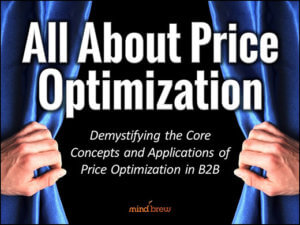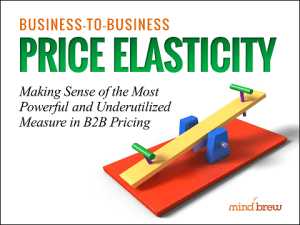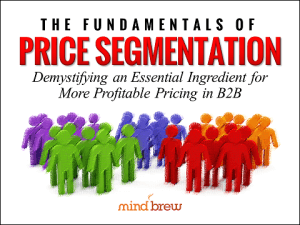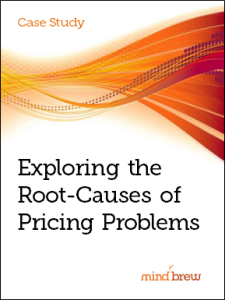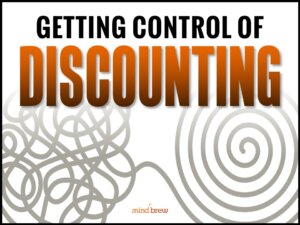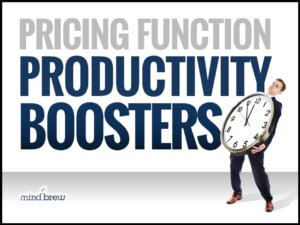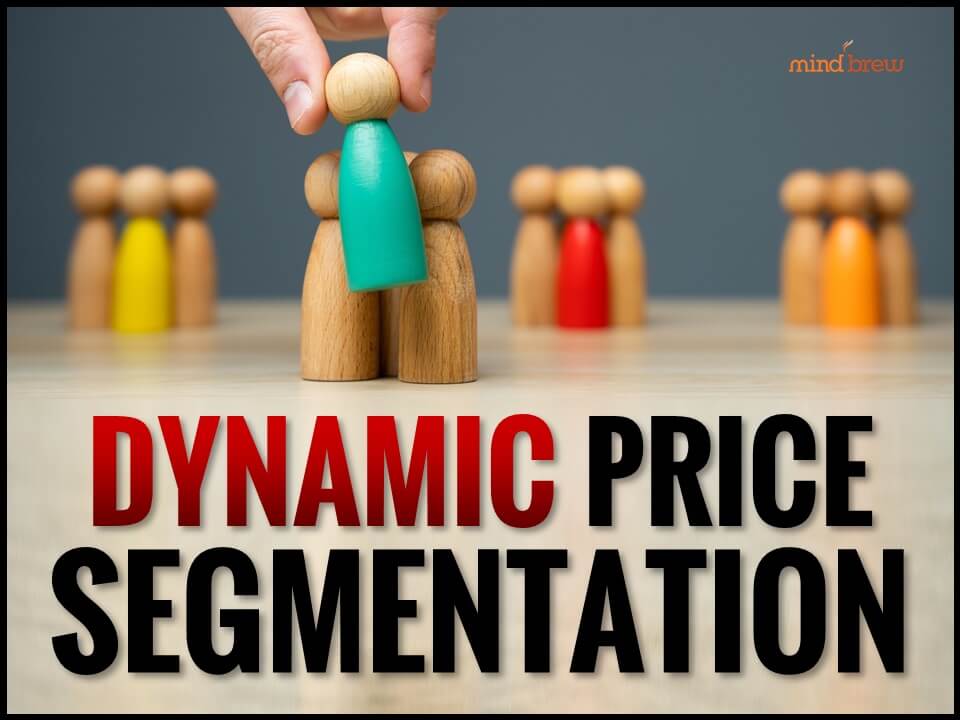Way back in 1989, the video game company Maxis published the original SimCity video game. If you’re old enough to remember this event, you also remember how different SimCity was from everything else on the market. For comparison, Tetris was the game of the year, and Super Mario Bros. 3 was the best-seller, while Double Dragon was tops in the arcade. (1989 was also the year the Tim Berners-Lee came up with the idea for the World Wide Web, so online gaming wasn’t a thing yet.)
One of the things that made Sim City so unique was that you don’t ever really “win.” Sure, you can attempt to complete scenarios, but you really only stop playing a given game when you decide you are done.
The premise of the game is that you are managing a city. You decide how to zone the land, where to lay roads and railroads, where to put the water and sewer lines, when to build a police or fire station, how much to collect in taxes, where to put parks, and how to handle more than 400 other variables.
In some ways, Sim City was more like a job than a game.
And yet it was one of the most successful franchises of all time. Other the years, there were dozens of updates and spin-offs, like SimCity 2000, SimCity 3000, SimCity 4, and The Sims. The games generated millions of dollars in sales and were among the world’s most popular games for decades. And they gave rise to a whole genre of simulation video games where players tried to build railroad networks, theme parks, zoos, and other settings that kept customers or constituents happy.
Part of what made the SimCity games so fun was that players could try out “what if” scenarios. What if the city collected no taxes? What if the city had no police? What if a city had only residential and no commercial development? What if the city experienced a hurricane? What if aliens attacked? You could try all these scenarios—and more—for yourself. And if it all went to hell, you could just restart the game.
As pricing practitioners, a good part of our job is a little bit like SimCity. Today’s technology allows us to build models and simulate what will happen under various conditions.
Want to know what would happen if you double your prices? Plug it into your model. Want to know what will happen if you create more granular pricing segments? You can test that out too.
When you think about it, our job is whole lot like playing a simulation game. Only we actually get paid for this!
Of course, to be good at pricing simulation, you’ve got to have a really good grasp of pricing fundamentals. That means understanding key principles like elasticity and segmentation.
Fortunately, PricingBrew has a host of tools that can make you the best “SimPricing” player ever. All About Price Optimization provides an excellent overview. And Business-to-Business Price Elasticity and The Fundamentals of Price Segmentation delve a little deeper into the key concepts.
The PricingBrew library is a little bit like the early websites with cheat codes and tips that could make you into a better SimCity player. Only in this case, the things you learn won’t make you better at a video game, they’ll actually help you earn more money and further your career.

